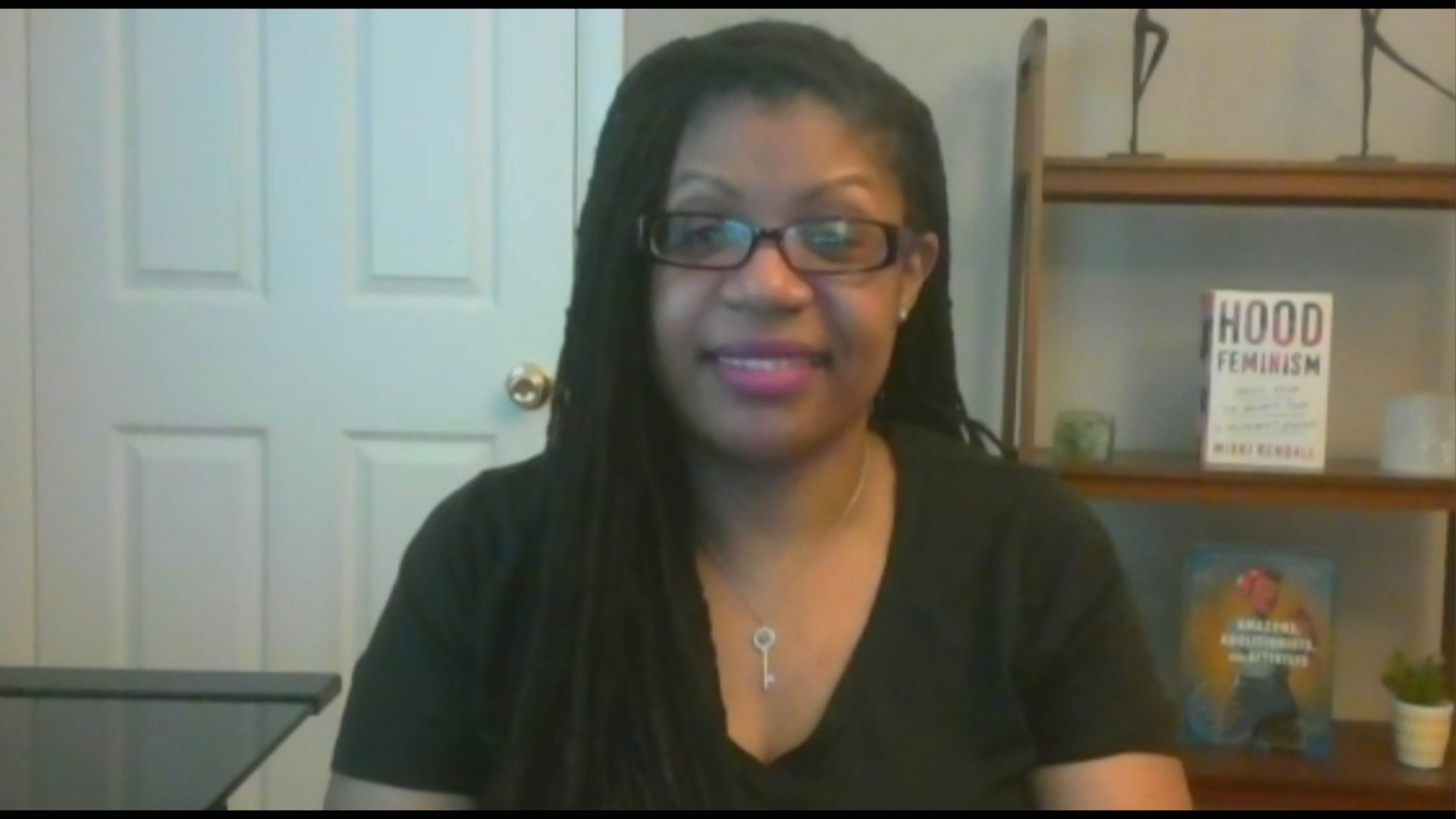
Overall, I found myself agreeing with Kendall’s assessments of how White feminism does more to advance privilege to white women (and compound discrimination against women of color) than seek change for all women and non binary folks, though I did wish she included more insight from other Black and Indigienous feminists in her recounting of history (Audre Lorde, Angela Davis, Pauli Murray, and more have also fought against the intersectional discrimination of race, gender, and sexuality, and their fight is not a new one.). Reviewing how housing, gun violence, motherhood and more disproportionately impact black women, yet are often ignored by Mainstream feminism (which Kendall uses interchangeably with White feminism and “Girl Power” feminism), Kendall explores how feminism must be inclusive of all people should it seek to create a more equitable and accountable world. Kendall covers A LOT of ground in this great introductory text to Intersectional feminism (which she sometimes uses interchangeably with Black feminism, Hood feminism, and Womanism). How can we stand in solidarity as a movement, Kendall asks, when there is the distinct likelihood that some women are oppressing others?

Moreover, prominent white feminists broadly suffer from their own myopia with regard to how things like race, class, sexual orientation, and ability intersect with gender. That feminists refuse to prioritize these issues has only exacerbated the age-old problem of both internecine discord and women who rebuff at carrying the title. All too often, however, the focus is not on basic survival for the many, but on increasing privilege for the few. Mainstream feminists rarely talk about meeting basic needs as a feminist issue, argues Mikki Kendall, but food insecurity, access to quality education, safe neighborhoods, a living wage, and medical care are all feminist issues. Today’s feminist movement has a glaring blind spot, and paradoxically, it is women.

For a movement that is meant to represent all women, it often centers on those who already have most of their needs met. Instead of a framework that focuses on helping women get basic needs met, all too often the focus is not on survival but on increasing privilege. Food insecurity and access to quality education, safe neighborhoods, a living wage, and medical care are all feminist issues.

We rarely talk about basic needs as a feminist issue. One of the biggest issues with mainstream feminist writing has been the way the idea of what constitutes a feminist issue is framed.


 0 kommentar(er)
0 kommentar(er)
